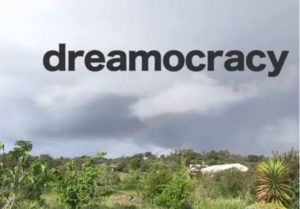
Finally the river flowed! The National Sports Center of Jamor is located in Cruz Quebrada, very close to the place where the Jamor flows into the Tejo river. The bed of Jamor is widening, and since its banks no longer have gardens. But the river continues to support a local community, for a sporting practice: there are nautical activities and water sports fields. Apart from the carers, there are people to walk around. The river has fish, several bird species and many underwater plants. Then the river finally flows. There, right next to the Cruz Quebrada train station. It forms a small beach, some people enjoy the last days of heat of the year, there are cane fishermen in hand. The sea is in the distance.



 Português
Português










